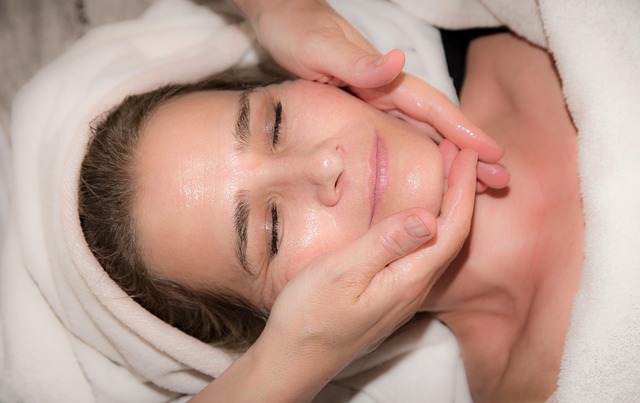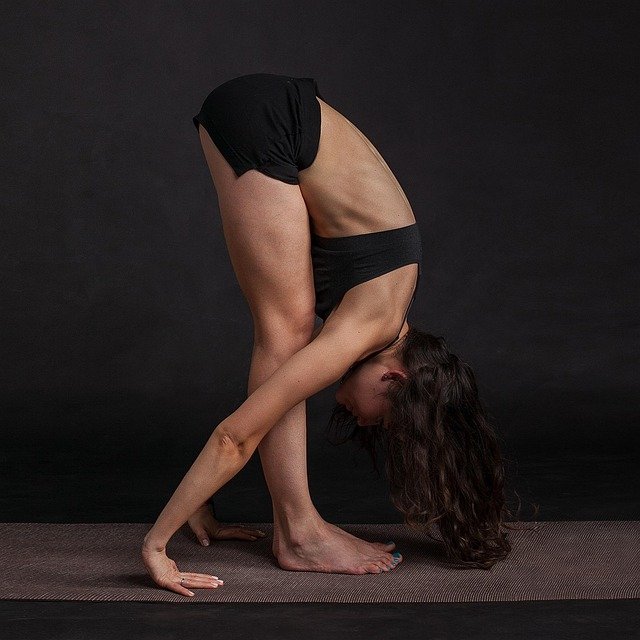Cryotherapy Facials: The Cold Truth About This Cool Trend
In the ever-evolving world of beauty and wellness, a frosty newcomer has been making waves: cryotherapy facials. This innovative treatment harnesses the power of extreme cold to rejuvenate the skin and promote overall facial health. As more spas and skincare clinics add this service to their menus, beauty enthusiasts are eager to discover if the hype surrounding this icy procedure is warranted. With roots in ancient remedies and modern science, cryotherapy facials represent a unique intersection of tradition and technology in the pursuit of radiant, youthful skin. But what exactly does this treatment entail, and does it live up to its promises of tighter, brighter complexions?

The concept of applying extreme cold specifically to the face for cosmetic benefits is a more recent development. It emerged as an offshoot of whole-body cryotherapy, with aestheticians and dermatologists recognizing the potential for targeted facial treatments. The first cryotherapy facial devices were introduced in the early 2010s, marking the beginning of a new era in cold-based skincare.
The Science Behind the Freeze
Cryotherapy facials work on the principle that exposing the skin to extreme cold temperatures can trigger a range of physiological responses. When the facial skin is subjected to sub-zero temperatures, typically around -160°C to -195°C, for a short period, it causes the blood vessels to constrict rapidly. This vasoconstriction is followed by vasodilation as the skin warms up, leading to increased blood flow to the treated area.
This process, known as thermal shock, is believed to stimulate collagen production, reduce inflammation, and accelerate cell turnover. The cold temperatures also cause the pores to contract, potentially leading to a tighter, smoother appearance of the skin. Additionally, the extreme cold is thought to activate the body’s natural healing mechanisms, promoting the release of endorphins and anti-inflammatory molecules.
The Frosty Facial Experience
A typical cryotherapy facial session lasts between 10 to 15 minutes, making it a quick and convenient treatment option for those with busy schedules. The procedure begins with a thorough cleansing of the face to remove any makeup, oils, or impurities. Some practitioners may apply a thin layer of gel to protect the skin and enhance the cold’s penetration.
The cryotherapy device, which often resembles a wand or small nozzle, is then used to deliver a controlled stream of liquid nitrogen vapor or cooled air across the face and neck. The aesthetician moves the device in precise patterns to ensure even coverage and avoid prolonged exposure to any one area. Clients often report a cold but not uncomfortable sensation during the treatment, with some describing it as refreshing or invigorating.
Potential Benefits and Skepticism
Proponents of cryotherapy facials claim a wide range of benefits, from immediate visible improvements to long-term skin health effects. Some of the purported advantages include:
-
Reduced puffiness and inflammation
-
Tightened pores and improved skin texture
-
Enhanced collagen production for firmer skin
-
Improved circulation and lymphatic drainage
-
Brighter, more radiant complexion
-
Reduced appearance of fine lines and wrinkles
While many clients and practitioners report positive results, it’s important to note that scientific research on the efficacy of cryotherapy facials is still limited. Some dermatologists and skincare experts remain skeptical about the long-term benefits and caution that more studies are needed to fully understand the treatment’s effects on different skin types and conditions.
Safety Considerations and Contraindications
Despite its growing popularity, cryotherapy facials are not suitable for everyone. Individuals with certain medical conditions, such as Raynaud’s syndrome, cold urticaria, or untreated high blood pressure, should avoid this treatment. Additionally, those with sensitive skin, open wounds, or recent sunburns may need to exercise caution or seek alternative treatments.
When performed by trained professionals using proper equipment, cryotherapy facials are generally considered safe. However, there is a risk of skin damage or frostbite if the treatment is not administered correctly. It’s crucial for clients to choose reputable providers and follow all pre- and post-treatment instructions carefully.
The Future of Facial Freezing
As the beauty industry continues to evolve, cryotherapy facials are likely to undergo further refinement and innovation. Some emerging trends in this space include:
-
Combination therapies that pair cryotherapy with other treatments like LED light therapy or microneedling
-
At-home cryotherapy devices for personal use
-
Integration of cryotherapy into broader wellness and spa experiences
-
Development of specialized cryotherapy products for different skin concerns
While the long-term place of cryotherapy facials in the skincare landscape remains to be seen, its current popularity suggests a continuing interest in cold-based treatments. As more research is conducted and technologies improve, we may gain a clearer understanding of how best to harness the power of cold for optimal skin health and beauty.
In conclusion, cryotherapy facials represent an intriguing fusion of ancient wisdom and cutting-edge technology in the pursuit of radiant, youthful skin. While questions remain about its long-term efficacy and optimal application, the treatment has certainly made its mark on the beauty industry. As with any new skincare trend, potential clients should approach cryotherapy facials with a balanced perspective, consulting with skincare professionals to determine if this cool treatment is right for their individual needs and goals.





